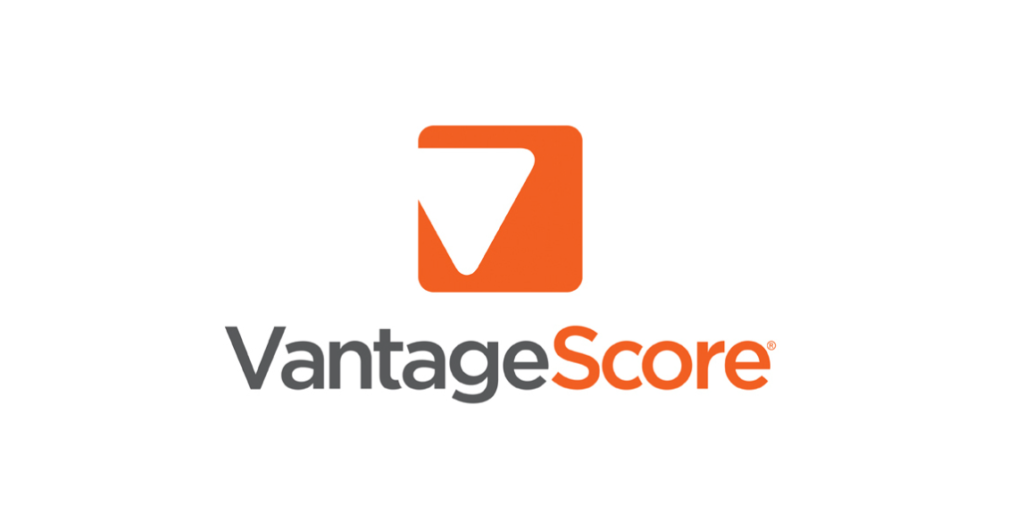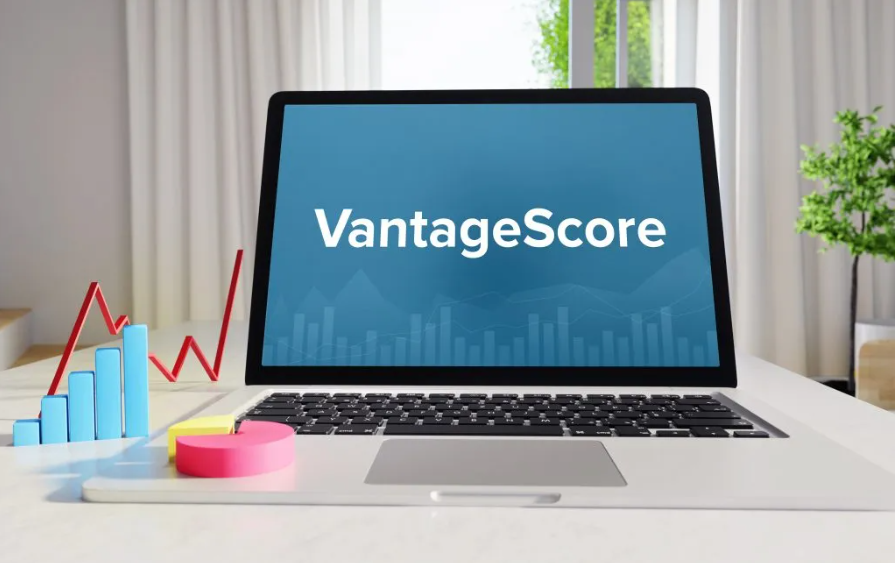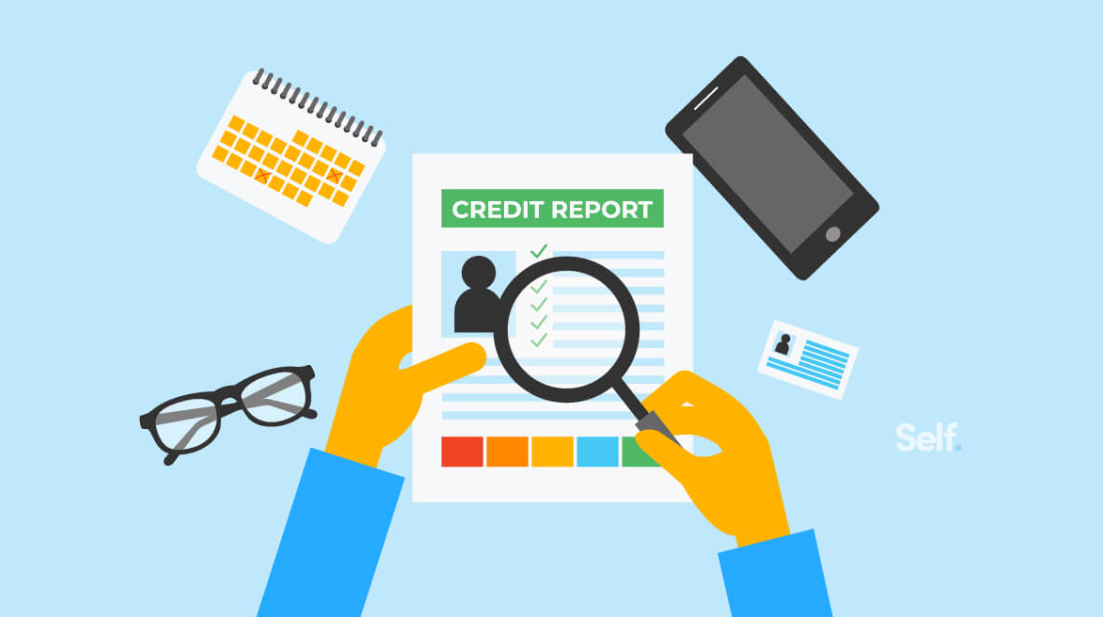What Is VantageScore?
VantageScore is a credit score developed by three major credit bureaus, Experian, Equifax, and TransUnion, to help lenders, landowners, and other financial institutions assess applicants’ credentials. The most common VantageScore version, VantageScore 3.0, has a credit score ranging from 300 to 850.
As with FICO scores, VantageScore calculations are based on factors such as payment history and matching each with its respective weight. Because of this, users can improve their VantageScore by making timely payments, reducing their credit usage rates, and restricting credit applications. We’ll show you how VantageScore works, how it compares to your FICO score, and what you can do to improve your score.

What is VantageScore 3.0?
As we mentioned, VantageScore 3.0 is the third version of FICO’s alternative credit score model. But to fully understand how the scoring model works, let’s take a quick step back.
It all began in 2006 when the three major consumer credit reporting bureaus, Experian, TransUnion, and Equifax, worked together to create the first iteration of the VantageScore® credit scoring model.
VantageScore went through several versions before VantageScore 3.0 debuted in 2013. The new model was so successful that about 40 million Americans who were previously without a credit score are now able to afford it, according to VantageScore.
The fourth and latest version of the VantageScore® model, VantageScore 4.0, debuted in 2017, but many lenders continue to rely on VantageScore 3.0.
With that in mind, let’s take a look at some basic information you need to know about how VantageScore 3.0 works and how it differs from other credit scoring models.

At a glance: VantageScore 3.0 vs. other scoring models
| Credit factor | VantageScore 3.0 | VantageScore 4.0 | FICO® Score 8 | FICO® Score 9 |
| Utilization rate | Very important | Very important | Very important | Very important |
| Historical utilization rate and payment info (trended data) | No impact | May affect your score | No impact | No impact |
| Collection accounts | Ignores paid collection accounts | Ignores paid collection accounts Ignores medical collection accounts that are less than six months old Weighs unpaid medical collection accounts less than other types of collection accounts | Ignores small-dollar “nuisance” accounts that had an original balance of less than $100 Treats medical collection accounts, including those with a zero balance, like other collection accounts | Ignores paid collection accounts Weighs unpaid medical collections less than other types of collection accounts |
| A tax lien or judgment | Can have a significant impact | Are less important than before, but can still have a significant impact | Can have a significant impact | Can have a significant impact |
How does VantageScore work?
Since its launch in 2006, VantageScore has had four models, but VantageScore 3.0, released in 2013, is the most common. This is because the preferential data from the VantageScore 3.0 algorithm makes it easier for people with limited credit history to get scores. Therefore, although VantageScore 4.0 was later released in 2017, VantageScore 3.0 is still the most popular option among lenders.
How is VantageScore calculated?
VantageScore Credit scores are calculated based on data from three major credit bureaus. The scoring algorithm also incorporates modeling techniques, including Trend Credit Data, Machine Learning, and National Consumer Assistance Plan (NCAP) optimization. Generally, the VantageScore 3.0 credit score is calculated based on the following user metrics:
Payment date. VantageScore calculations consider the user’s payment history to be a very influential factor. In fact, it is said that 40% of the score is almost double the weight of the second most effective metric. For this reason, it is important to make consistent, timely payments while maintaining and maintaining a strong VantageScore.
Age and type of credit. Although not the most important factor in VantageScore, both age and type of user credentials are still considered highly influential. Making up 21% of the credit score calculation, this metric covers how long a user has kept their credit accounts in good condition, and whether they have a diverse mix of revolving credit and installment loans. For this reason, it is best not to close old accounts, even if you use them from time to time.
Percentage of credit limit used. A consumer’s credit usage rate, or debt-to-credit ratio, is the ratio of their outstanding credit balance to their total credit limits. This metric is considered highly influential and makes up 20% of the user’s VantageScore calculation. Improve this metric by balancing the revolving credit accounts below 30% of your total credit limit.
Total balance. Considered to be moderately effective, a user’s total outstanding balance is 11% according to VantageScore. To perform well in this category, keep your credit balance as low as possible.
Recent credit behavior. Recent credit applications are less effective than other metrics but still account for 5% of VantageScore. Applying for new loans or credit cards can result in severe credit checks, which can lower your score. To minimize these effects, avoid applying for a new credit, especially if you expect to apply for a mortgage or auto loan in the near future.
Credits available. Finally, the amount of credit available to a user is also classified as less effective for their VantageScore purposes. That said, the factor is still 3% of the calculation. Consider requesting an increase in the credit limit on existing cards or getting a secure credit card if you do not have a good balance on your credit report.

How does VantageScore 3.0 compare to FICO® models?
There are many similarities between VantageScore® and FICO® credit scoring models. Not only are both usually calculated on a scale of 300 to 850 points (new FICO® scores can be up to 950), but both models place great emphasis on payment history and credit usage.
For comparison, let’s take a look at how FICO weighs the various factors in your credit scores. The names of some of these factors may be slightly different from the ones we have given above, but they cite similar information in your credit reports.
- Payment history: 35%
- Amounts owed: 30%
- Length of credit history: 15%
- New credit: 10%
- Other factors, such as types of credit used: 10%
Although most of the information can be compared, there can be a big difference in how VantageScore and FICO review data to create scores, especially for those who have a high credit history. do not have.
If you have a small credit history, chances are you don’t have a FICO® score. FICO requires at least six months of account data which is reported to the credit bureau within the last six months before the score is established.
VantageScore, on the other hand, may be able to provide a credit score to more people using just one month’s history on at least one account reported within the last 24 months.
Do you have a collection account on your credit reports? VantageScore can be a little more forgiving for your situation. Unlike the FICO® 8 credit scoring model, VantageScore 3.0 will ignore any collection account that has been paid in full. (FICO® 9 also ignores any deposit account that is paid in full.)
What’s the difference between VantageScore 3.0 and VantageScore 4.0?
Over time, VantageScore Solutions has adjusted its credit scoring model to better reflect the overall credit profile of users.
In 2017, VantageScore announced a new version of its credit scoring model: VantageScore 4.0. This new model introduces several changes that can affect your credit score.






